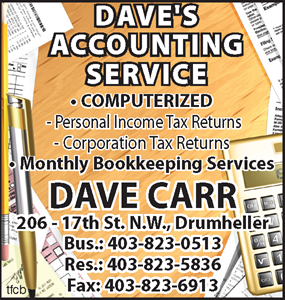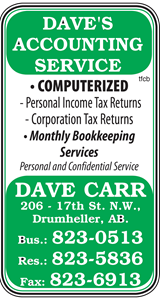 Dear Working Wise:
Dear Working Wise:
Doesn’t a company have to offer new jobs to someone they recently laid off? I was laid off from a job I enjoyed a few months ago. The company paid me two weeks of severance pay, but now I see they have hired someone else into my old job. What are my options for getting my old job back? Signed, Want to Work
Dear Want to Work:
I don’t have great news for you. It sounds like your employer terminated your employment.
There is such a thing as a “temporary layoff”, when an employer wants to maintain the employment relationship with you and call you back as soon as there is work available.
But it sounds to me from your letter that your employer terminated your employment.
You received severance pay (termination pay), because your employer terminated your employment relationship.
Employers are not required to rehire former employees first.
Your employer also paid you an appropriate amount of termination pay. Anyone employed for between two and four years is entitled to a minimum of two weeks notice or two weeks of termination pay in lieu of notice.
Temporary Layoffs
If your employer wanted to maintain the employment relationship—and lay you off temporarily—they would have been required to notify you in writing.
Temporary layoffs can not last more than 59 days. On the 60th consecutive day of temporary layoff, the employment relationship terminates and the employer must pay the employee termination pay on that day unless:
• wages or benefits continue to be paid on behalf of the employee; or
• there is a collective agreement that provides recall rights longer than the 59 days.
The only exception to the 59-day period applies to school employees and school-bus drivers.
Employees can be terminated while on temporary layoff, but they are entitled to termination pay.
Employees on temporary layoff can be called back to work with seven days written notice. Employees who fail to return to work within seven days of receiving written notice can be terminated without termination notice or pay.
The good news is that Alberta’s unemployment rate is the second-lowest in the country right now at 4.9 per cent and the number of job postings are is on the rise. You are in a better position than many job seekers, because you have two years of experience working in a job you enjoy.
Drop by your nearest Alberta Works Centre for help putting your valuable experience to work. To find your nearest Alberta Works Centre, visit http://humanservices.alberta.ca/offices.
If you have any further questions about your situation, call Alberta Employment Standards toll-free at 1-877-427-3731. This line is staffed by experts who can go into more detail with your case if you wish.
You can also review the Employment Standards fact sheet on Termination of Employment and Termination Pay at http://work.alberta.ca/es.
Do you have a work-related question? Send your questions to Working Wise, at charles.strachey@gov.ab.ca. Charles Strachey is a manager with Alberta Human Services. This column is provided for general information.





























